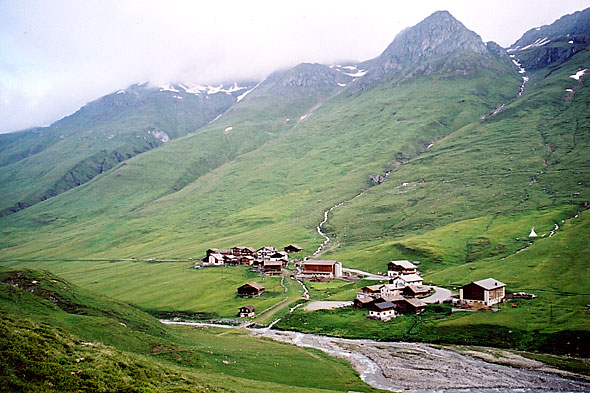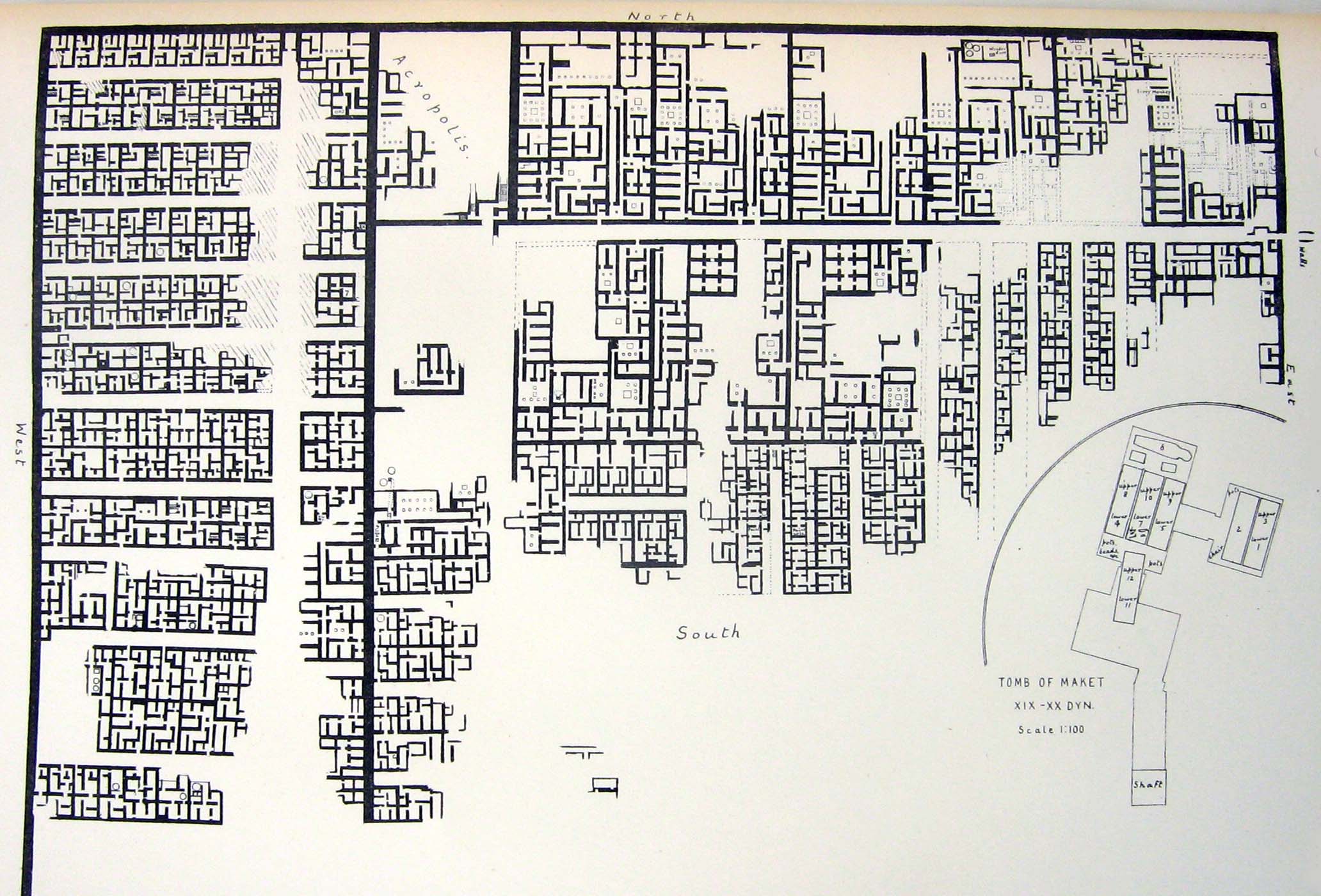|
Avers Rhine
The Avers Rhine ( rm, Ragn da Ferrera, german: Averser Rhein) is a tributary of the Hinterrhein (river), Hinterrhein/Rein Posteriur in the Switzerland, Swiss canton of Graubünden. Course It rises in Avers GR, Avers at the confluence of the Bergalgabach with the slightly smaller Jufer Rhine. The Jufer Rhine rises in, and is named after, Juf, the highest permanent settlement in Europe, near the border with Albula (district), Albula district. From this confluence, the Avers Rhine descends through a deep gorge, spanned by the high Lezi Bridge. When it reaches the valley floor, it meets the slightly smaller Madrish Rhine. After a few kilometers, it is joined from the left by the ''Reno di Lei'', which flows almost entirely on Italy, Italian soil. The ''Lago di Lei'' reservoir is also on Italian soil, except for the dam which creates it, which was erected on Swiss territory. The Avers Rhine continues its way through the Val Ferrera valley, which contains two populated places. ... [...More Info...] [...Related Items...] OR: [Wikipedia] [Google] [Baidu] |
Val Ferrera
The Ferrera Valley ( rm, Val Ferrera, german: Ferreratal) is a valley in the Swiss canton of Graubünden between Schams and Avers. It is 10 km long and is drained by the Avers Rhine. The only villages in the valley are Innerferrera and Ausserferrera. Administratively, the municipality of Ferrera coincides with the valley. In the Early Modern period, the Ferrera Valley was known for its iron ore. The mining industry provided its inhabitants with a livelihood. The ''Schmelzra'' mine at the entrance of the valley, is now an industrial heritage site and has since 1972 been in the care of the cultural heritage management of the Canton of Graubünden. Until the 20th century, a linguistic border separated the valley from Avers: in the Avers valley, people spoke a Walser German dialect, in the Ferrera Valley, people spoke Romansh. In both valleys, the dominant religion is the Swiss Reformed Church The Protestant Church in Switzerland (PCS), (EKS); french: Église évangéliq ... [...More Info...] [...Related Items...] OR: [Wikipedia] [Google] [Baidu] |
Rivers Of Switzerland
The following is a list of rivers in Switzerland: Rivers by length (> 100 km, only the length in Switzerland) #Rhine - 375 km - 36,494 km2 #Aare (or Aar) - 295 km - 17,779 km2 #Rhône - 264 km - 10,403 km2 #Reuss - 158 km - 3,425 km2 #Linth and Limmat together - 140 km - 2,416 km2 # Saane/La Sarine - 128 km - 1,892 km2 # Thur - 125 km Rivers by drainage area (> 1000 km2, only the area in Switzerland) #Rhine - 375 km - 36,494 km2 #Aare - 295 km - 17,779 km2 #Rhône - 264 km - 10,403 km2 #Reuss - 158 km - 3,425 km2 #Linth / Limmat - 140 km - 2,416 km2 #Inn - 104 km - 2,150 km2 # Saane/La Sarine - 128 km - 1,892 km2 # Thur - 125 km - 1,724 km2 #Ticino - 91 km - 1,616 km2 # Hinterrhein - 57.3 km - 1,693 km2 #Vorderrhein - 67.5 km - 1,514 km2 #Doubs - 74 km - 1,310 km2 # Kander - 44 km - ... [...More Info...] [...Related Items...] OR: [Wikipedia] [Google] [Baidu] |
Cul De Sac
A dead end, also known as a cul-de-sac (, from French for 'bag-bottom'), no through road or no exit road, is a street with only one inlet or outlet. The term "dead end" is understood in all varieties of English, but the official terminology and traffic signs include many different alternatives. Some of these are used only regionally. In the United States and other countries, ''cul-de-sac'' is often not an exact synonym for ''dead end'' and refers to dead ends with a circular end, allowing for easy turning at the end of the road. In Australia and Canada, they are usually referred to as a ''court'' when they have a bulbous end. Dead ends are added to road layouts in urban planning to limit through-traffic in residential areas. While some dead ends provide no possible passage except in and out of their road entry, others allow cyclists, pedestrians or other non-automotive traffic to pass through connecting easements or paths, an example of filtered permeability. The Internatio ... [...More Info...] [...Related Items...] OR: [Wikipedia] [Google] [Baidu] |
Rofla Gorge
The Rofla Gorge ( rm, Puntcrap, german: Roflaschlucht) is an ancient and narrow section of the river Hinterrhein/Rein Posteriur between Sufers and Andeer in the canton of Graubünden. This narrow gorge was another obstacle on the approach to the two mountain passes Splügen Pass und San Bernardino Pass in addition to the Viamala gorge. Modern era Nowadays the mountains can be crossed on the A13 motorway, opened in 1967, which passes through the San Bernardino Tunnel and is therefore open all year round (whereas both passes were closed in winter). The older, main road passes the hotel at the entrance of the gorge, from where there is a footpath to and under the waterfall. The path was built from 1907 to 1914 by the family who owned the hotel. See also * List of highest paved roads in Europe * List of mountain passes This is a list of mountain passes. Africa Egypt * Halfaya Pass (near Libya) Lesotho * Moteng Pass * Mahlasela pass * Sani Pass Morocco * Tizi n'Tichka ... [...More Info...] [...Related Items...] OR: [Wikipedia] [Google] [Baidu] |
Glacial Valley
U-shaped valleys, also called trough valleys or glacial troughs, are formed by the process of glaciation. They are characteristic of mountain glaciation in particular. They have a characteristic U shape in cross-section, with steep, straight sides and a flat or rounded bottom (by contrast, valleys carved by rivers tend to be V-shaped in cross-section). Glaciated valleys are formed when a glacier travels across and down a slope, carving the valley by the action of scouring. When the ice recedes or thaws, the valley remains, often littered with small boulders that were transported within the ice, called glacial till or glacial erratic. Examples of U-shaped valleys are found in mountainous regions throughout the world including the Andes, Alps, Caucasus Mountains, Himalaya, Rocky Mountains, New Zealand and the Scandinavian Mountains. They are found also in other major European mountains including the Carpathian Mountains, the Pyrenees, the Rila and Pirin mountains in Bulgaria, ... [...More Info...] [...Related Items...] OR: [Wikipedia] [Google] [Baidu] |
Ausserferrera
Ausserferrera ( rm, Farera) is a village in Hinterrhein District in the Swiss Canton of Graubünden. An independent municipality before, it merged on January 1, 2008 with neighboring Innerferrera to form the municipality of Ferrera. History Ausserferrera is first mentioned in the middle 12th century as ''Farreira''. In 1837 it separated from Innerferrera to become an independent municipality. Geography Ausserferrera has an area, , of . Of this area, 29.3% is used for agricultural purposes, while 20.4% is forested. Of the rest of the land, 0.5% is settled (buildings or roads) and the remainder (49.7%) is non-productive (rivers, glaciers or mountains). The municipality is located in the Schams sub-district, of the Hinterrhein district. It is located on the Averser branch of the Rhein. It consists of the ''haufendorf'' (an irregular, unplanned and quite closely packed village, built around a central square) of Ausserferrera. In 2008 Ausserferrera merged with Innerferrera to form Fe ... [...More Info...] [...Related Items...] OR: [Wikipedia] [Google] [Baidu] |
Innerferrera
Innerferrera ( rm, Calantgil) is a village in the district of Hinterrhein in the Swiss canton of Graubünden. Previously an independent municipality, it merged on January 1, 2008 with neighboring Ausserferrera to form the municipality of Ferrera. History Innerferrera is first mentioned in 1556 as ''Canicül''. Geography Innerferrera has an area, , of . Of this, 22.9% is used for agricultural purposes, 11.7% is forested, 0.4% is settled (buildings or roads), and the remainder (65%) is non-productive (rivers, glaciers or mountains). The municipality is located in the Schams sub-district, of the Hinterrhein district. It is a ''haufendorf'' (an irregular, unplanned and quite closely packed village, built around a central square) on the Averser branch of the Rhine. In 2008 Innerferrera merged with Ausserferrera to form Ferrera. [...More Info...] [...Related Items...] OR: [Wikipedia] [Google] [Baidu] |
Italy
Italy ( it, Italia ), officially the Italian Republic, ) or the Republic of Italy, is a country in Southern Europe. It is located in the middle of the Mediterranean Sea, and its territory largely coincides with the homonymous geographical region. Italy is also considered part of Western Europe, and shares land borders with France, Switzerland, Austria, Slovenia and the enclaved microstates of Vatican City and San Marino. It has a territorial exclave in Switzerland, Campione. Italy covers an area of , with a population of over 60 million. It is the third-most populous member state of the European Union, the sixth-most populous country in Europe, and the tenth-largest country in the continent by land area. Italy's capital and largest city is Rome. Italy was the native place of many civilizations such as the Italic peoples and the Etruscans, while due to its central geographic location in Southern Europe and the Mediterranean, the country has also historically been home ... [...More Info...] [...Related Items...] OR: [Wikipedia] [Google] [Baidu] |
Switzerland
). Swiss law does not designate a ''capital'' as such, but the federal parliament and government are installed in Bern, while other federal institutions, such as the federal courts, are in other cities (Bellinzona, Lausanne, Luzern, Neuchâtel, St. Gallen a.o.). , coordinates = , largest_city = Zürich , official_languages = , englishmotto = "One for all, all for one" , religion_year = 2020 , religion_ref = , religion = , demonym = , german: Schweizer/Schweizerin, french: Suisse/Suissesse, it, svizzero/svizzera or , rm, Svizzer/Svizra , government_type = Federalism, Federal assembly-independent Directorial system, directorial republic with elements of a direct democracy , leader_title1 = Federal Council (Switzerland), Federal Council , leader_name1 = , leader_title2 = , leader_name2 = Walter Thurnherr , legislature = Fe ... [...More Info...] [...Related Items...] OR: [Wikipedia] [Google] [Baidu] |
Albula (district)
Albula District was one of the eleven administrative districts in the canton of Graubünden in Switzerland. It had an area of 723.13 km² and had a population of 8,210 in 2015. It was replaced with the Albula Region on 1 January 2017 as part of a reorganization of the Canton. Albula District consisted of four ''Kreise'' (sub-districts) Alvaschein, Belfort, Bergün and Surses, which are formed from a total of 8 municipalities following mergers in 2015 and 2016. Mergers and name changes *On 1 January 2015 the former municipalities of Alvaschein, Mon, Stierva, Tiefencastel, Alvaneu, Brienz/Brinzauls and Surava merged to form the new municipality of Albula/Alvra.Amtliches Gemeindeverzeichnis der Schweiz published by the Swiss Federal Statistical ... [...More Info...] [...Related Items...] OR: [Wikipedia] [Google] [Baidu] |
Avers GR
Avers ( rm, Avras; wae, Òòver(s), , ) is a high Alpine valley region and a municipality in the Viamala Region in the Swiss canton of Graubünden. It includes Juf, the highest-altitude year-round settlement in Europe. History Avers is first mentioned in 1292 as ''Anue'' or ''Avre''. In 1354 it was mentioned as ''Auers''. Geography Avers has an area, , of . Of this area, 50% is used for agricultural purposes, while 5.5% is forested. Of the rest of the land, 0.5% is settled (buildings or roads) and the remainder (44%) is non-productive (rivers, glaciers or mountains). The following villages are part of the municipality: Campsut (and Maxsut, ), Cröt (), Cresta (), Pürt (), Am Bach (), Juppa (), Podestatsch Hus () and Juf (). Before 2017, the municipality was located in the Hinterrhein district and is the capital and only municipality in the Avers sub-district, after 2017 it was part of the Viamala Region. It includes the Jufer valley, the Averser branch of the Rhin ... [...More Info...] [...Related Items...] OR: [Wikipedia] [Google] [Baidu] |




